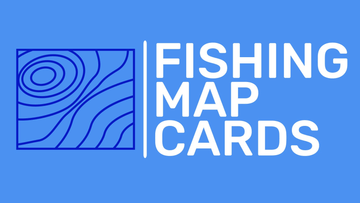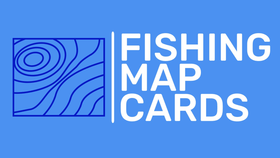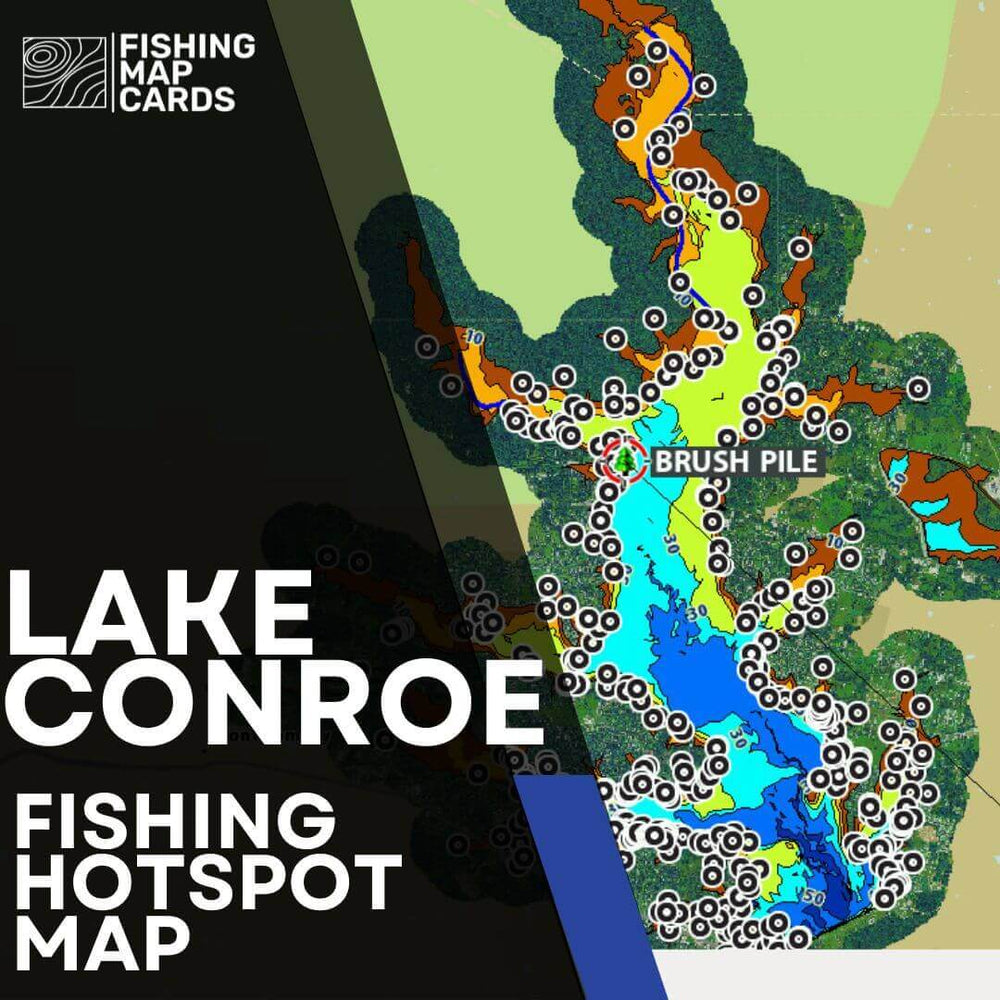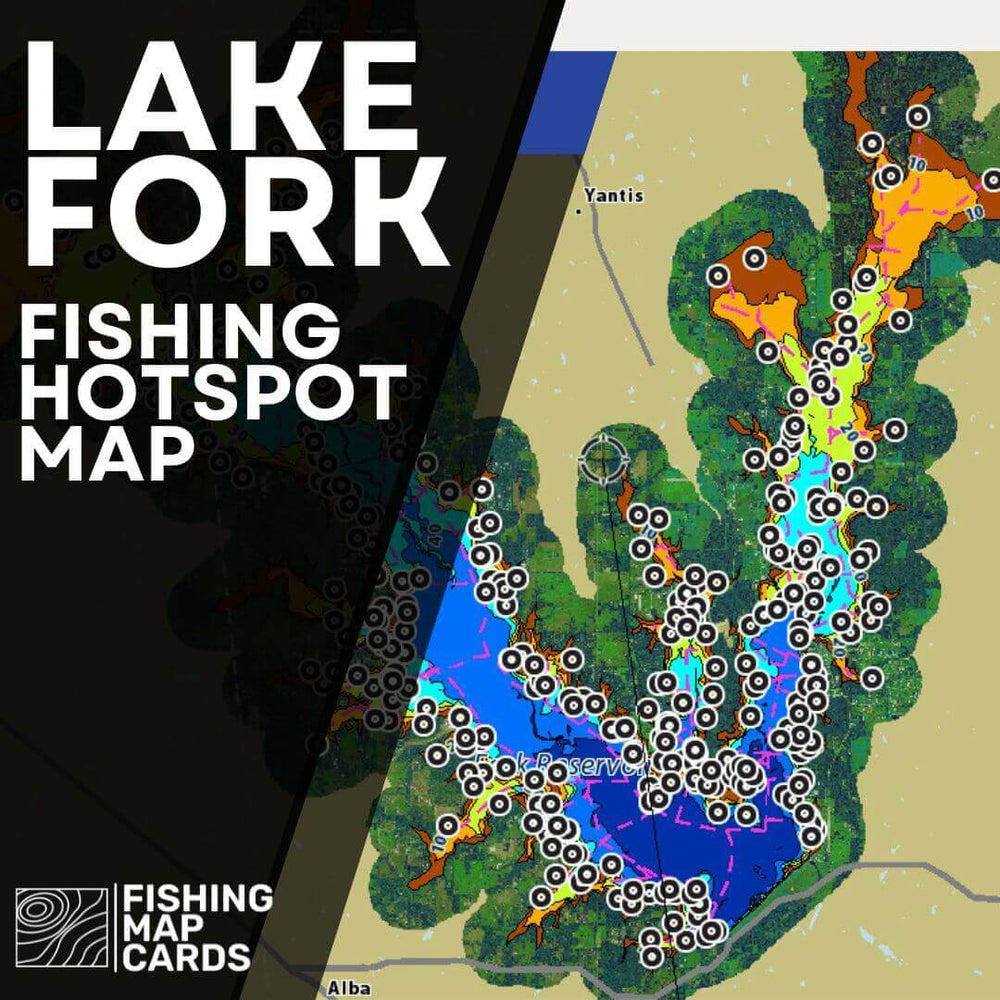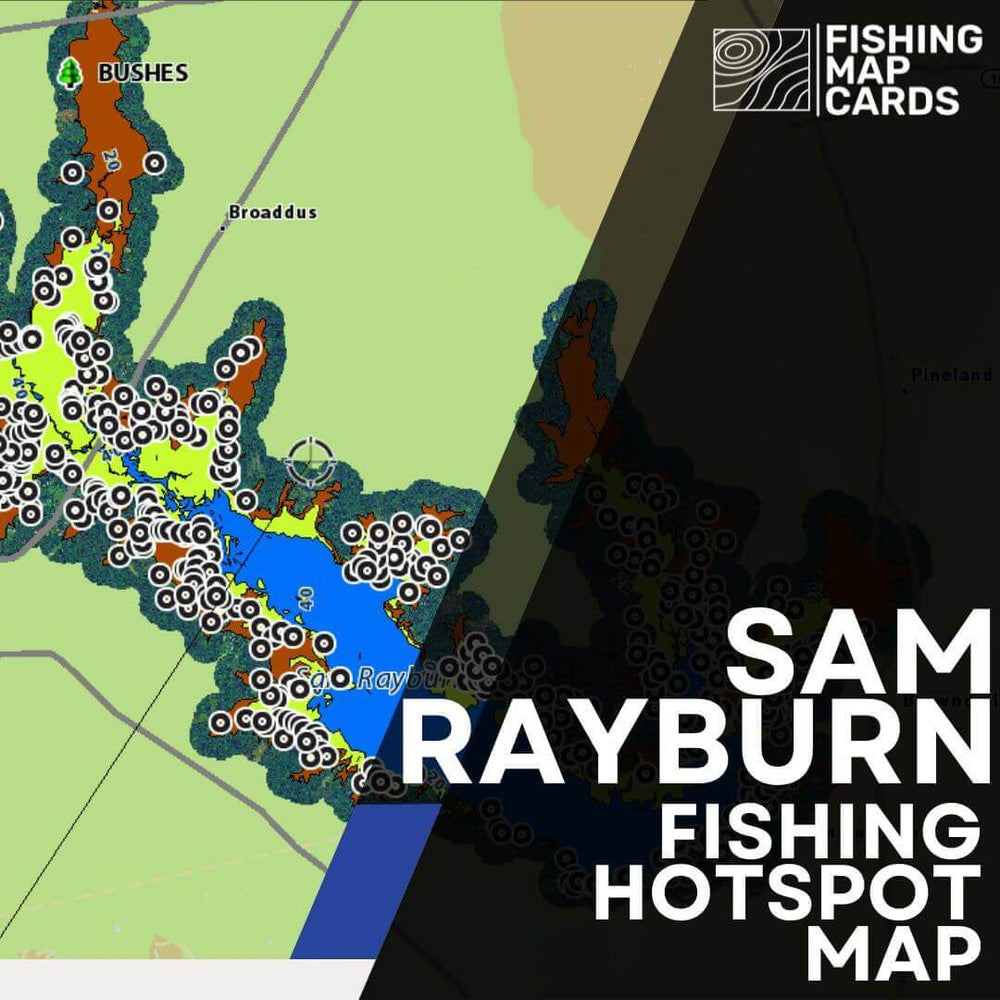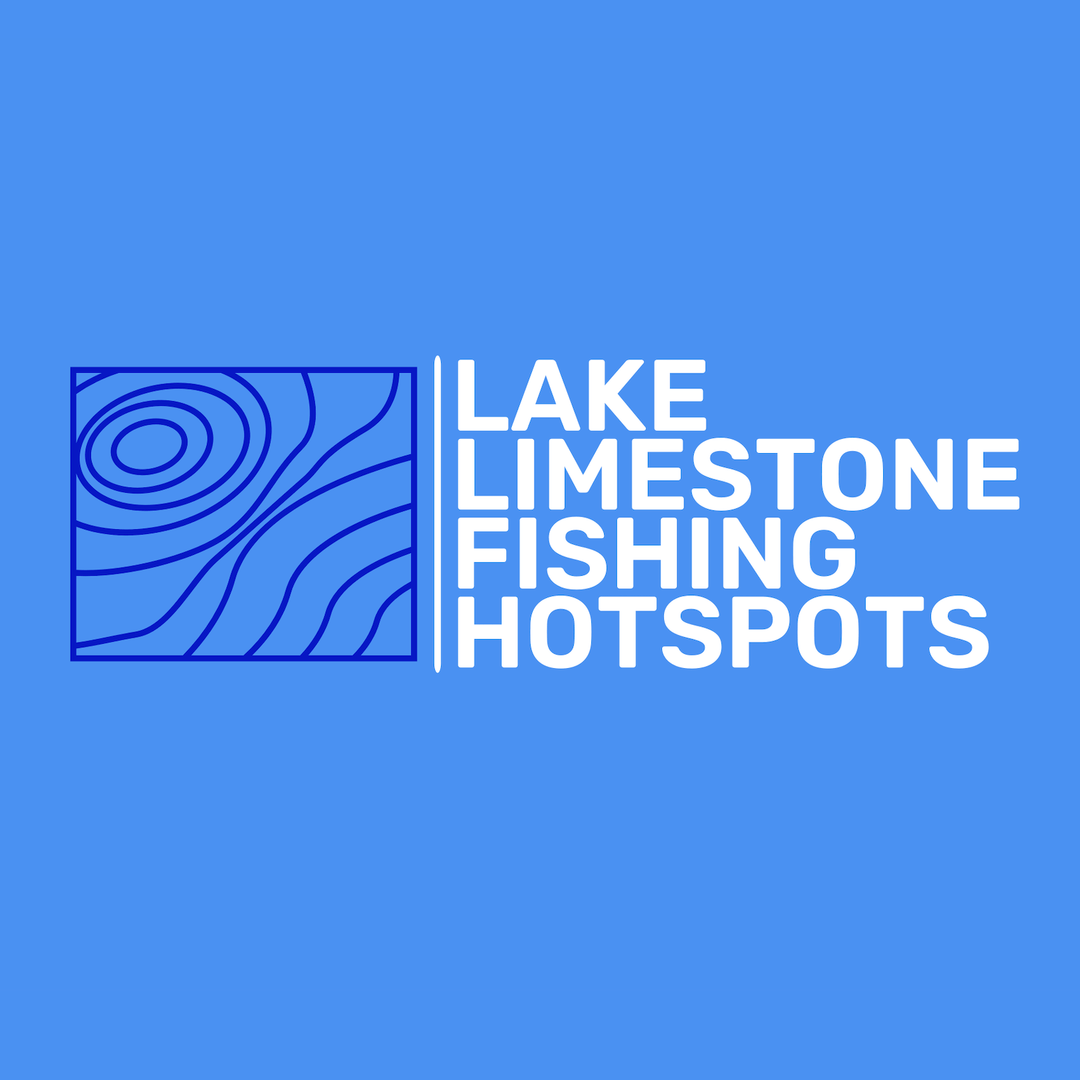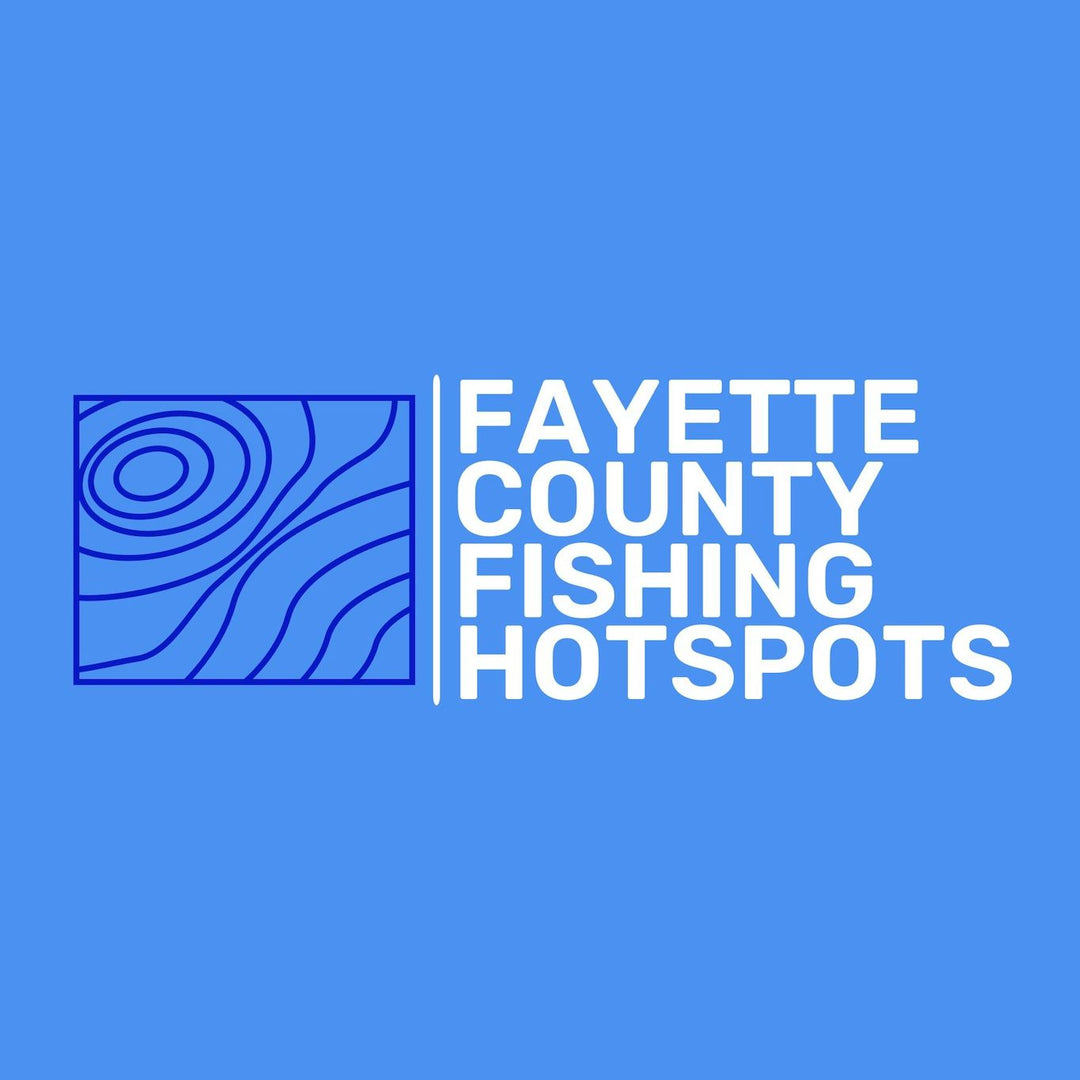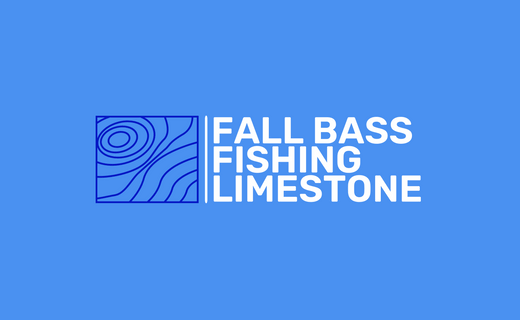The Best Baits to Fish Brush Piles for Bass
The Best Baits to Fish Brush Piles for Bass
Fishing brush piles for bass can be an incredibly effective strategy, as these submerged structures provide cover and attract a variety of baitfish, making them prime hunting grounds for bass. Selecting the right bait is crucial to maximize your success. Here, we’ll dive into some of the best baits for fishing brush piles, including 1/2 oz jigs, 1/2 oz Texas-rigged ribbon tail worms, drop shots, and crankbaits.
1. 1/2 oz Jigs
Jigs are a staple in bass fishing, and for good reason. A 1/2 oz jig is an excellent choice for fishing brush piles due to its versatility and ability to mimic crawfish and baitfish. When fishing a jig in brush piles, consider using a weed guard to reduce snagging.
Why Jigs Work:
- Versatility: Can be fished in a variety of ways, including flipping, pitching, and swimming.
- Profile: Mimics crawfish and baitfish, two primary food sources for bass.
- Durability: Can withstand the rough environment of a brush pile.
Tips for Fishing Jigs:
- Use a trailer, such as a craw or a chunk, to add bulk and increase the bait’s appeal.
- Opt for natural colors like green pumpkin, black and blue, or brown to match the forage in your area.
- Work the jig slowly through the brush, pausing occasionally to entice a strike.
2. 1/2 oz Texas-Rigged Ribbon Tail Worms
The Texas-rigged ribbon tail worm is another excellent choice for fishing brush piles. The 1/2 oz weight helps the worm penetrate deeper into the cover, while the ribbon tail provides a seductive swimming action that bass find irresistible.
Why Texas-Rigged Worms Work:
- Action: The ribbon tail produces a lot of movement, even with a slow retrieve.
- Weedless: The Texas rig allows for a weedless presentation, making it easier to fish heavy cover without snagging.
- Versatility: Can be fished at various depths and speeds.
Tips for Fishing Texas-Rigged Worms:
- Use a 4/0 or 5/0 offset worm hook to ensure a good hook-up ratio.
- Choose colors like junebug, watermelon red, and black for maximum effectiveness.
- Work the worm slowly through the brush, letting it fall naturally into openings and pauses to entice bass.
3. Drop Shots
Drop shot rigs are often associated with finesse fishing, but they can be highly effective around brush piles as well. The key is to use a slightly heavier weight to maintain contact with the structure while keeping the bait suspended above it.
Why Drop Shots Work:
- Presentation: Keeps the bait off the bottom, making it visible to bass lurking in the brush.
- Precision: Allows you to target specific spots within the brush pile.
- Subtle Action: Ideal for pressured or finicky bass.
Tips for Fishing Drop Shots:
- Use a 1/4 to 1/2 oz weight to keep the rig in place.
- Opt for small, subtle baits like finesse worms or shad imitations.
- Shake the rod tip gently to impart action to the bait without moving the weight too much.
4. Crankbaits
Crankbaits might not be the first lure you think of for brush piles, but they can be highly effective, especially when the bass are active and chasing baitfish. A crankbait with a medium diving depth can deflect off the brush and trigger reaction strikes.
Why Crankbaits Work:
- Reaction Strikes: The erratic action and deflection off the brush can trigger aggressive bites.
- Coverage: Allows you to cover a lot of water quickly.
- Imitates Baitfish: Perfect for targeting bass feeding on shad or other small fish.
Tips for Fishing Crankbaits:
- Use a medium-diving crankbait that matches the depth of the brush pile.
- Select colors that imitate local forage, such as shad patterns or crawfish.
- Retrieve the crankbait with a steady pace, occasionally pausing or jerking to create an erratic action.
Conclusion
Fishing brush piles for bass can be incredibly rewarding, especially when you have the right baits in your arsenal. By using 1/2 oz jigs, 1/2 oz Texas-rigged ribbon tail worms, drop shots, and crankbaits, you can effectively target bass hiding in these structures. Remember to experiment with different colors, presentations, and retrieves to find what works best on any given day. Happy fishing!
Find the best spots for your lake at https://fishingmapcards.com/
Written by Hugh in partnership with Hughfishing.com and fishfindercoach.com
